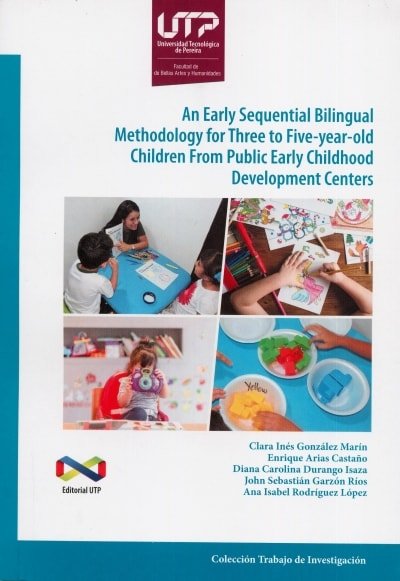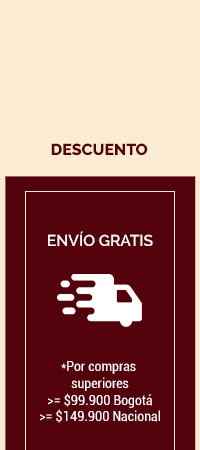




This book is available only in English
A Case Study on the Implementation of an Early Sequential Bilingual Methodology on Three- lo Five-year-old Children at a Public Early Childhood Development Cerner in the City of Pereira.
This research study explored the needs, requirements and perceptions towards the design of a proposal for bilingual early childhood in a public Early Childhood Development Center (CDC) located in Pereira, Colombia. After analyzing the requirements of the CDI in regard to the processes of leaching and learning Spanish, the researchers designed a methodological proposal for early-sequential bilingual education.
The results remarked the advantages, challenges and requirements to apply a bilingual program, in these types of institutions. They also suggest how the use of audio and visual materials contribute to different factors such second language development, to reduce additional factors, as it is discipline, among others. Additionally, the use of strategies such as lesson planning and drilling are fundamental to obtain observable results concerned with children production skills in order to articulate both languages development. Teaching English lo children between 3 to 5 years old emerges as a model for bilingual education inasmuch as their age, positive attitude towards the language, among other factors, greatly enable the applicability of the proposal framed in the book.
Finally, though the report of this document is formulated as a case study design, the project has been piloted and implemented in many early childhood development centers in the city of Pereira with similar results.
CONTENIDO
PRESENTATION
1.STATEMENT OF THE PROBLEM
1.1. Research Questions
1.2. Objectives
2. THEORETICAL FRAMEWORK
2.1. Conceptual Framework
2.2. Literature Review
3. METHODOLOGY
3.1. Type of Research
3.2. Type of Study
3.3. Context
3.4. Setting
3.5. Participants
3.6. Researchers' Roles
3.7. Data Collection (Methods/lnstruments)
3.8. Data Analysis
3.9. Ethical Considerations and Others
4. FINDINGS AND DISCUSSION
4.1. An Early Sequential Bilingual Model during the Early Years: Didactics and Methodology
5. CONCLUSIONS
6. IMPLICATIONS
6.1. Pedagogical Implications
6.2. Research Implications
7. LIMITATIONS OF THE STUDY
References